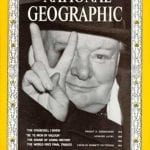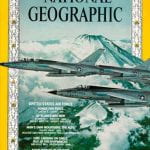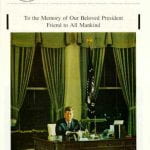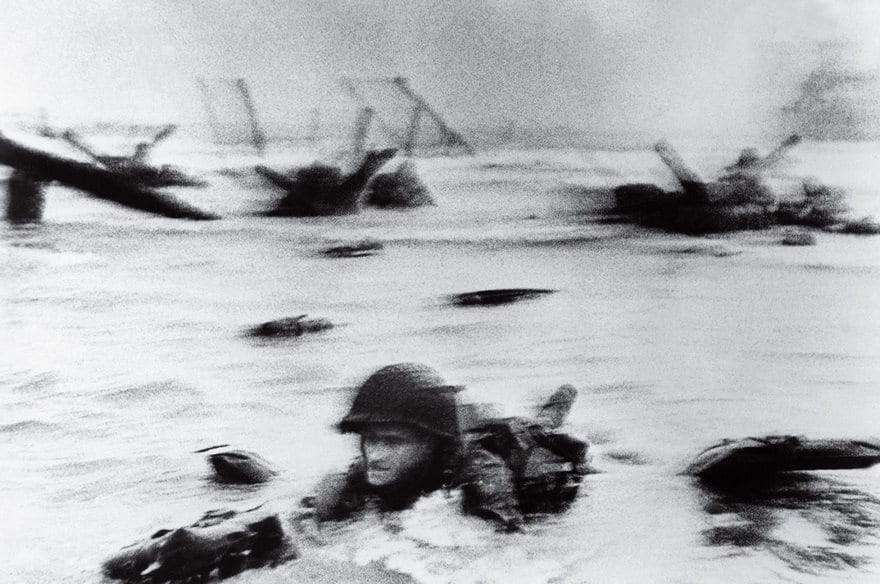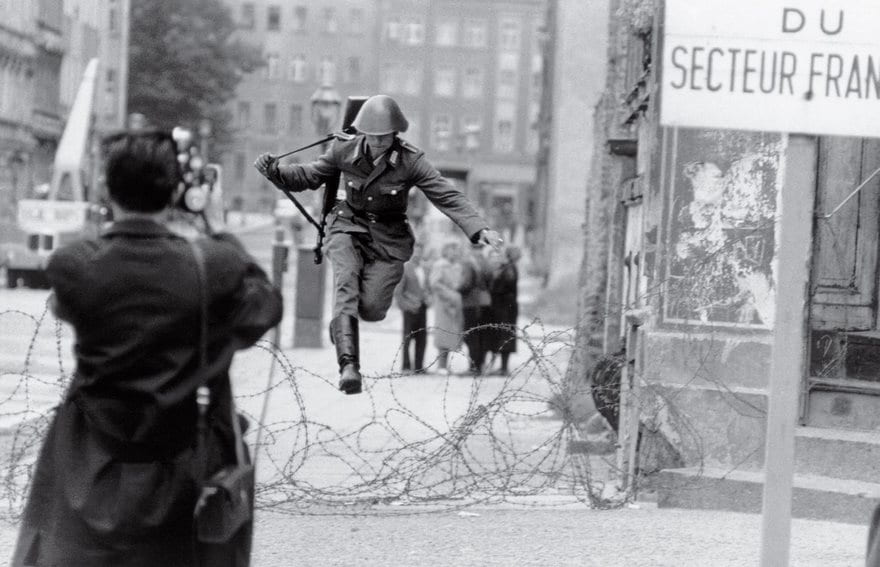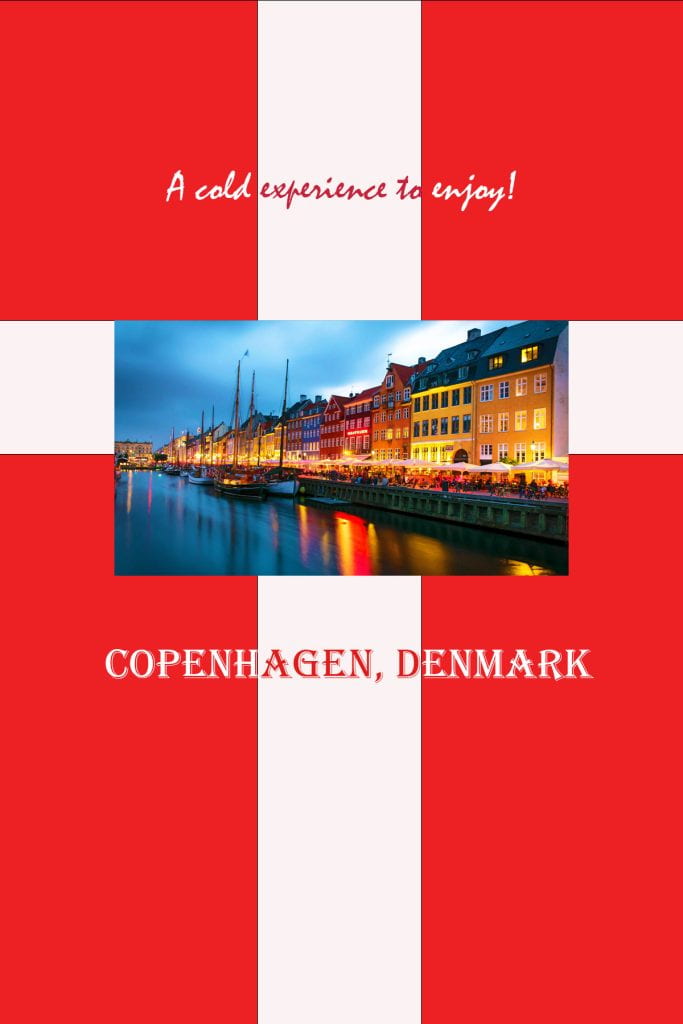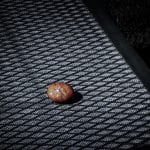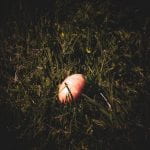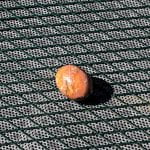now when you first have a camera. you’re going to be very confused, especially of the different modes it has. I am going to be talking about those modes and give a quick explanation, so let’s begin shall we.
Auto mode- automatic mode is simple. cause it just does the stuff automatically. so, you can take nice pictures without the worry.
portrait mode- this mode selects a large aperture to help keep your background out of focus. this mode honestly works best if you’re only doing one subject, hence, a portrait.
macro mode- this mode lets you take a close up of your subject. Works best if your just taking pictures of small things like flowers and bugs. some issues come with depth of field while using macro mode though.
landscape mode. I wonder what landscape means. the exact opposite of portrait mode. were instead of being closer and for one subject. this mode is for land and scenery. gives a large depth of field and lower shutter speed.
sports mode- this is made for photographing fast moving objects. mostly used for sports, hence the name.
night mode- for this mode, it bests works with, you guessed it, in the night. it blurs the background. honestly great for parties and disco floors and whatnot, just colored lights in general.
movie mode- this mode changes from capturing still images to capturing ones that looks like a movie. this is best used when you’re capturing a perfect subject that can’t be still.
AV mode- this automatically chooses your aperture and ensures the best exposure. best used if trying to control a depth of field.
shutter priority mode- similar to aperture, it automatically chooses your shutter speed. best used if for taking frozen like pictures
program mode- available in some cameras, it gives you mor control over white balance and ISO.
manual mode- as I like to call it, the man mode, because you got to be a man if you want to set everything manually.
that is all you need to know about camera modes.
